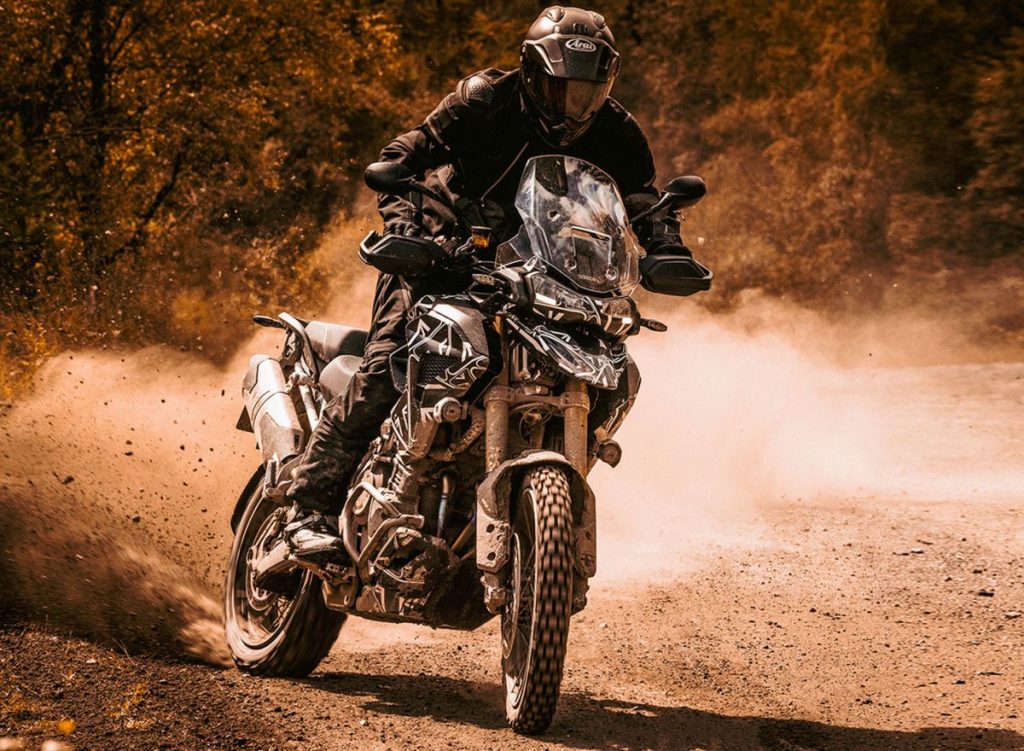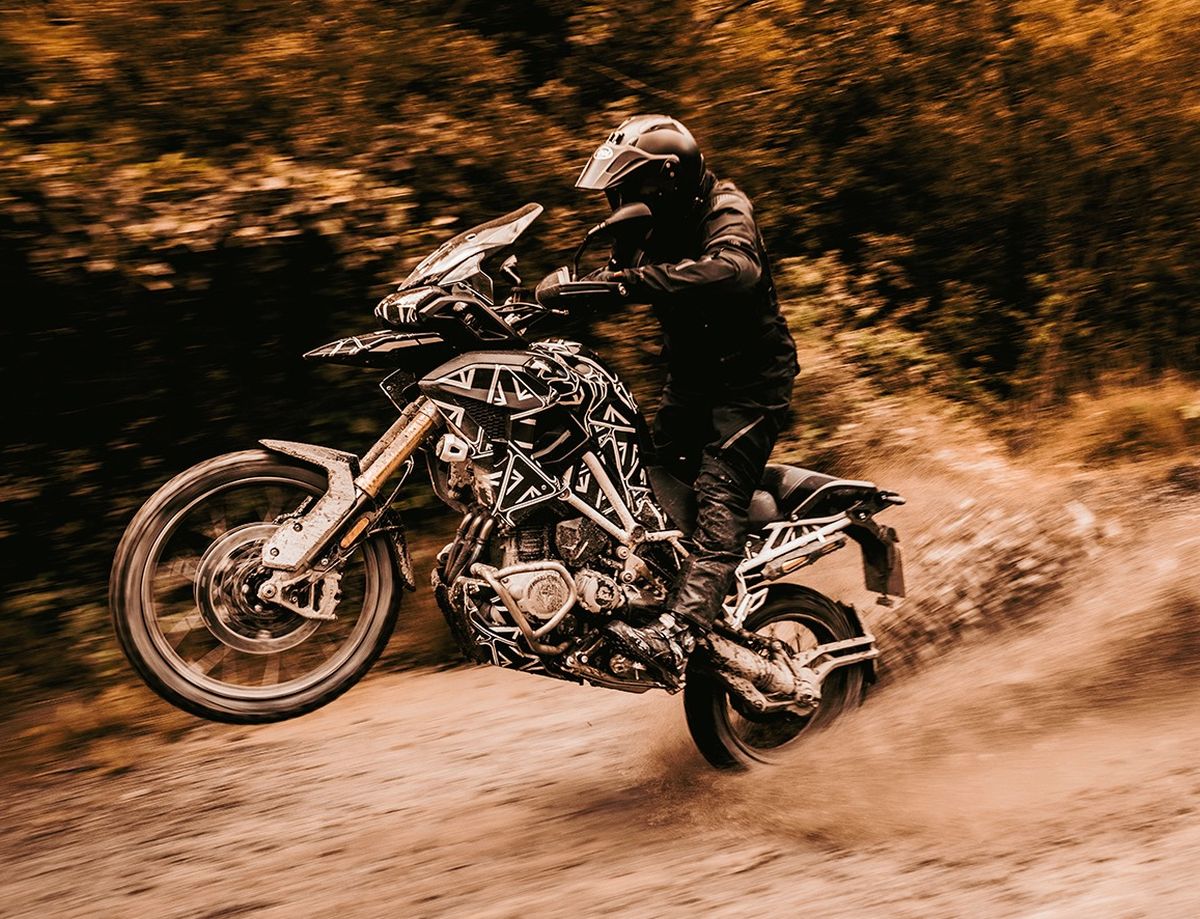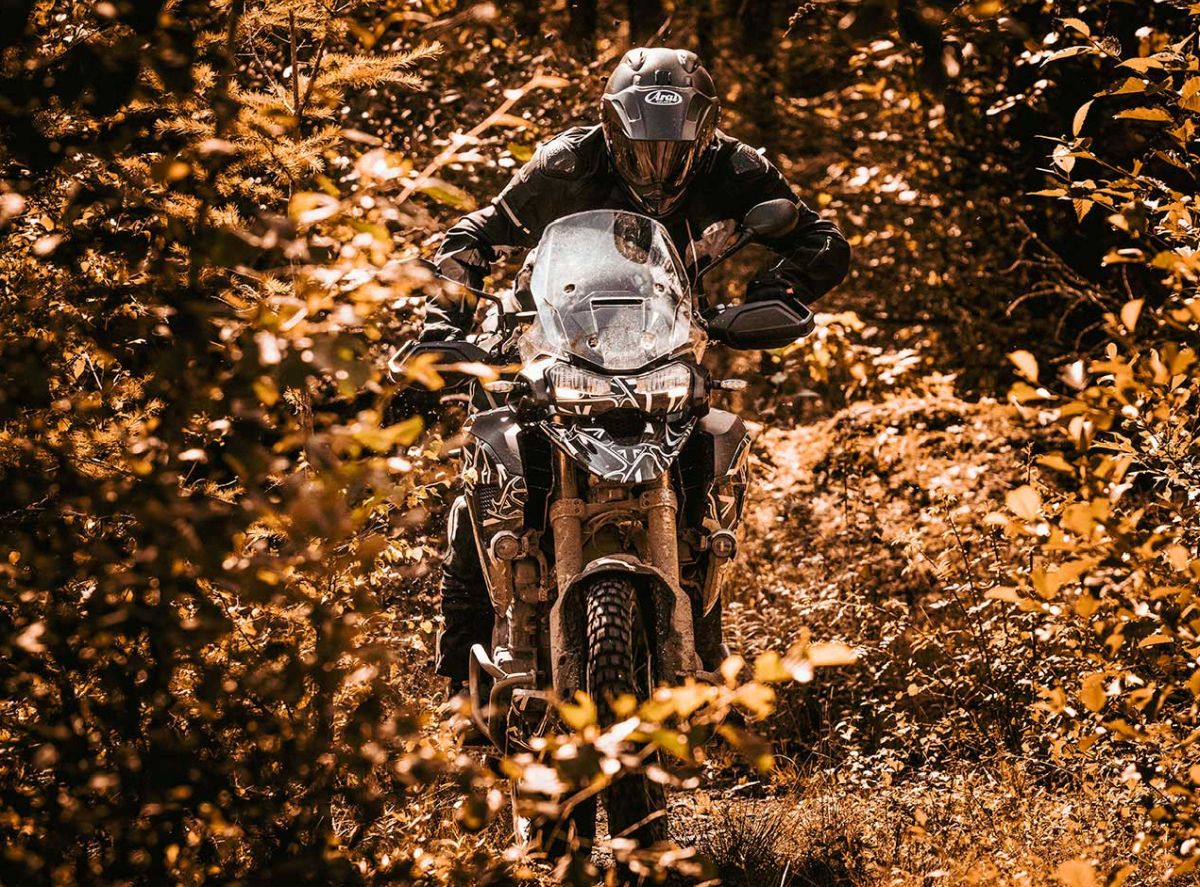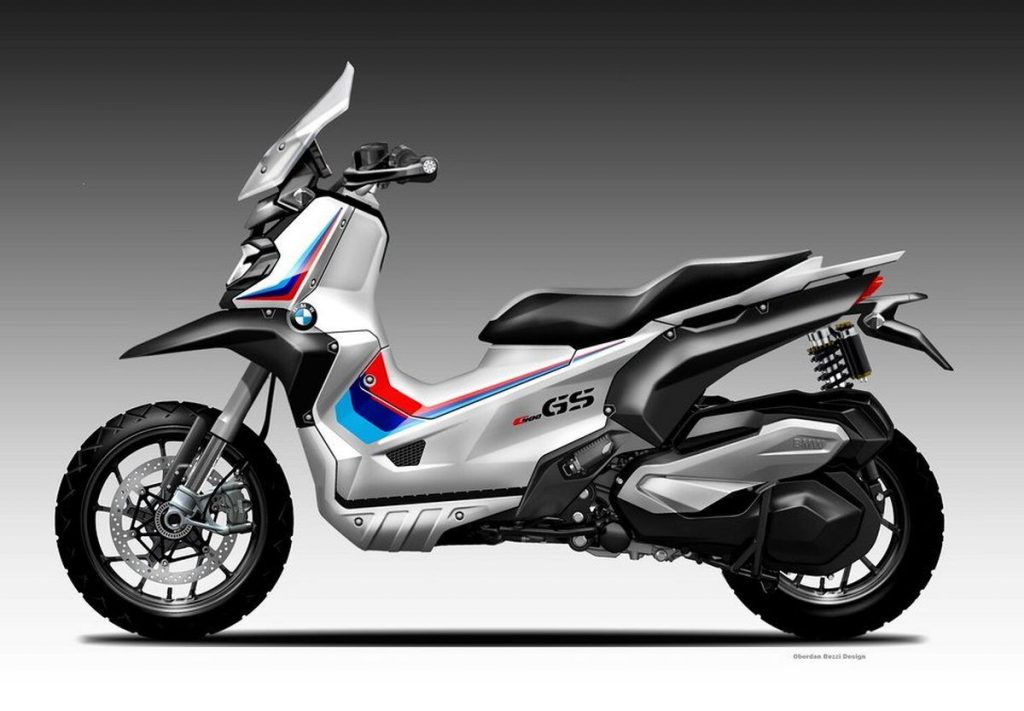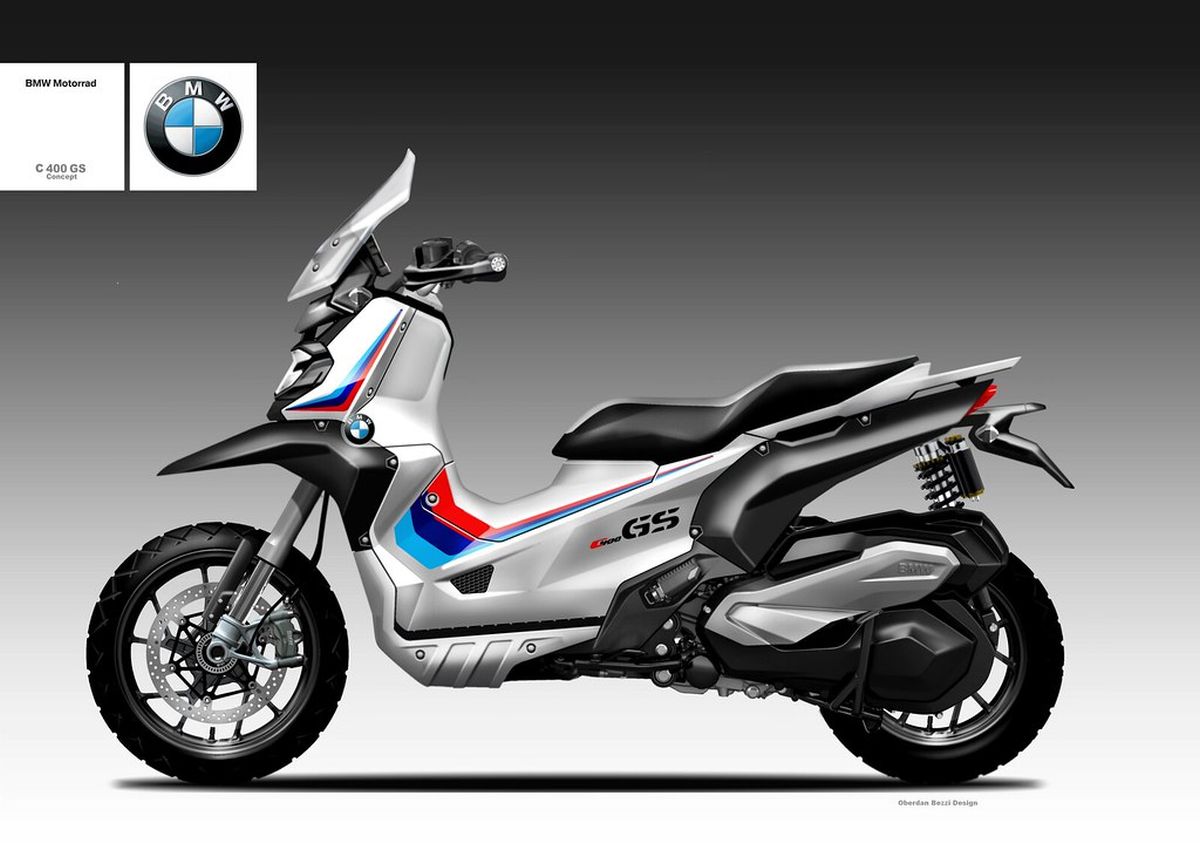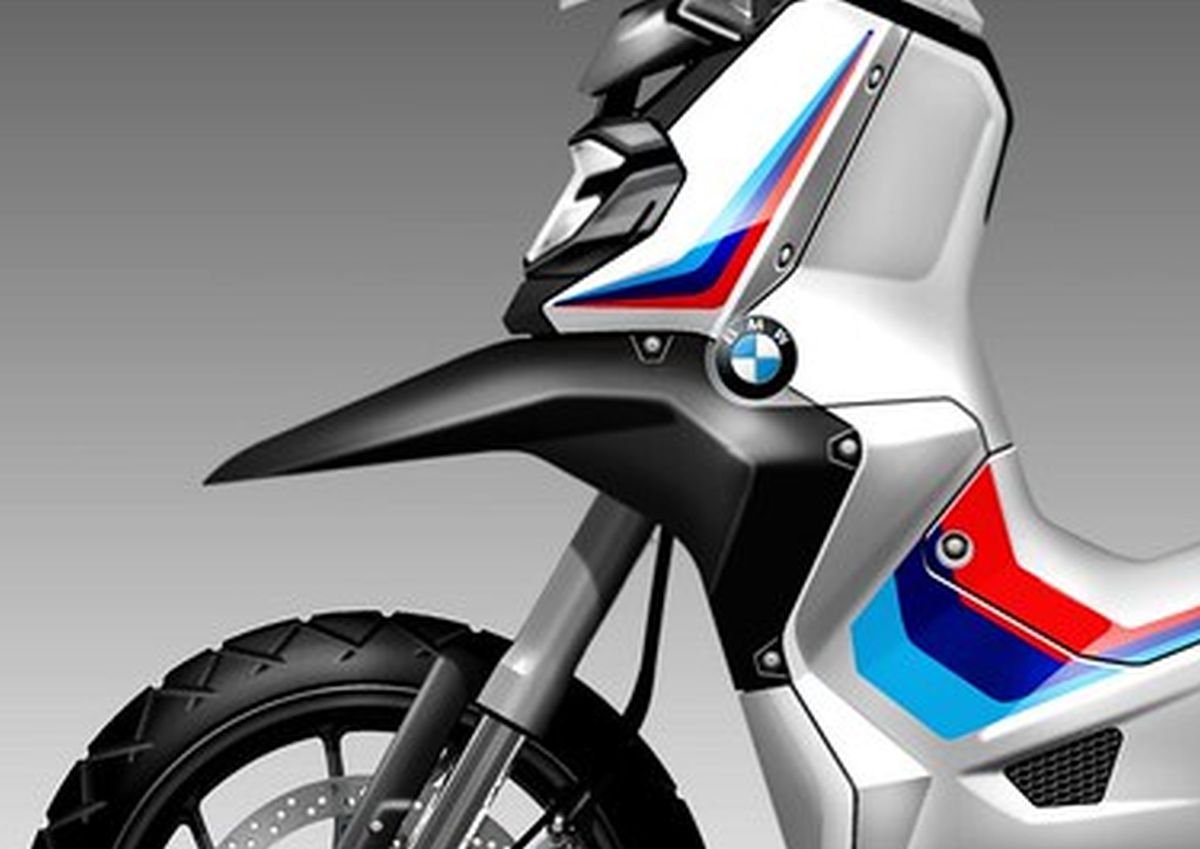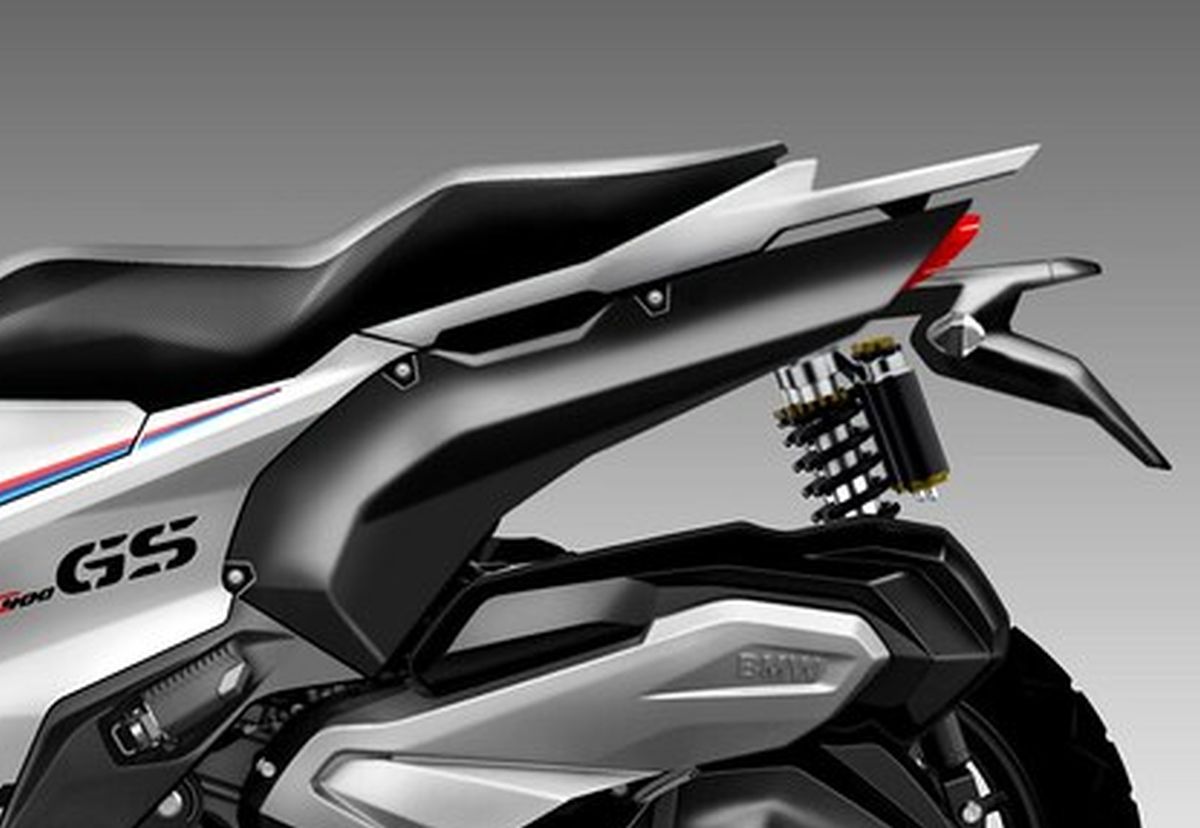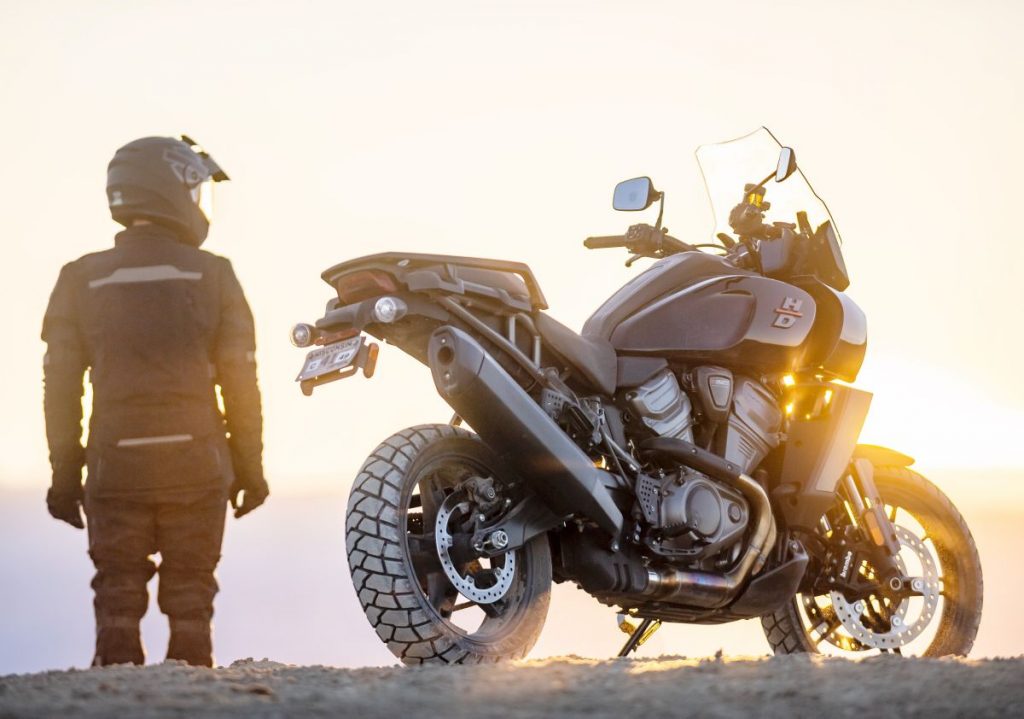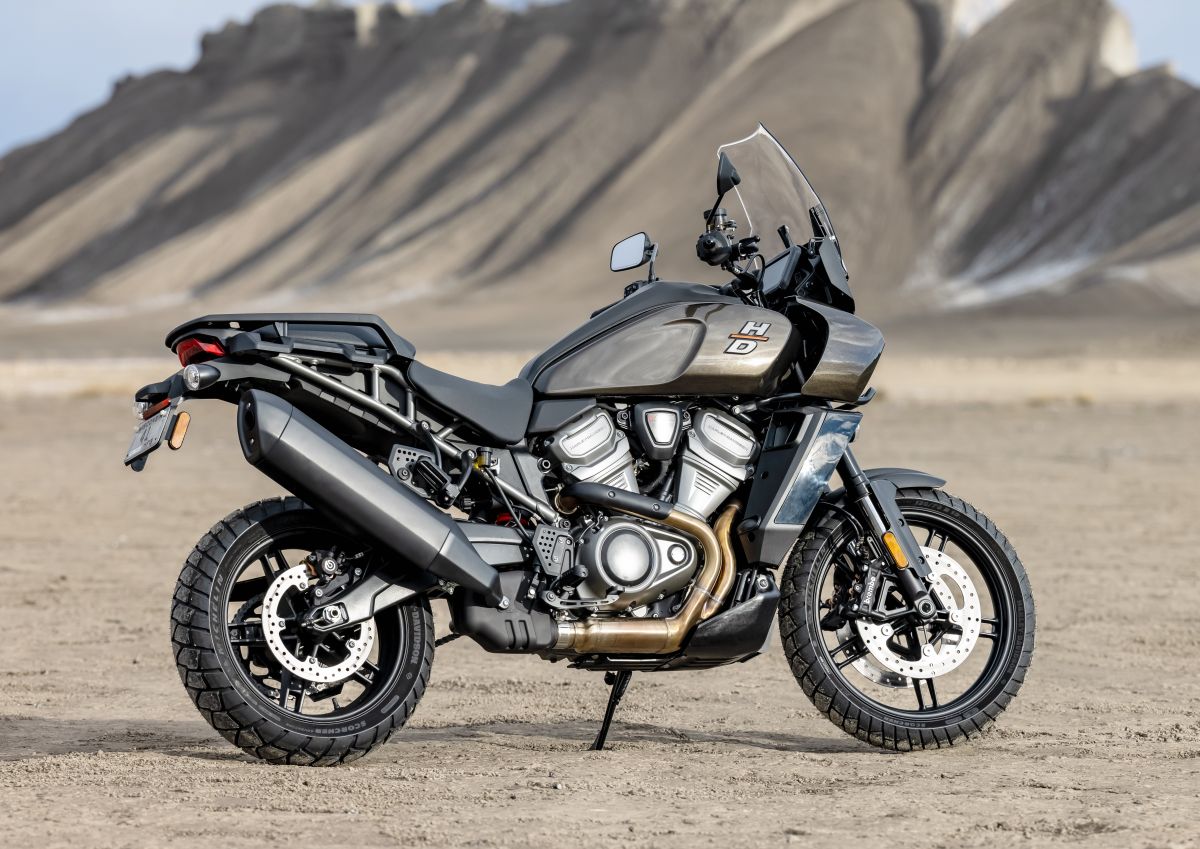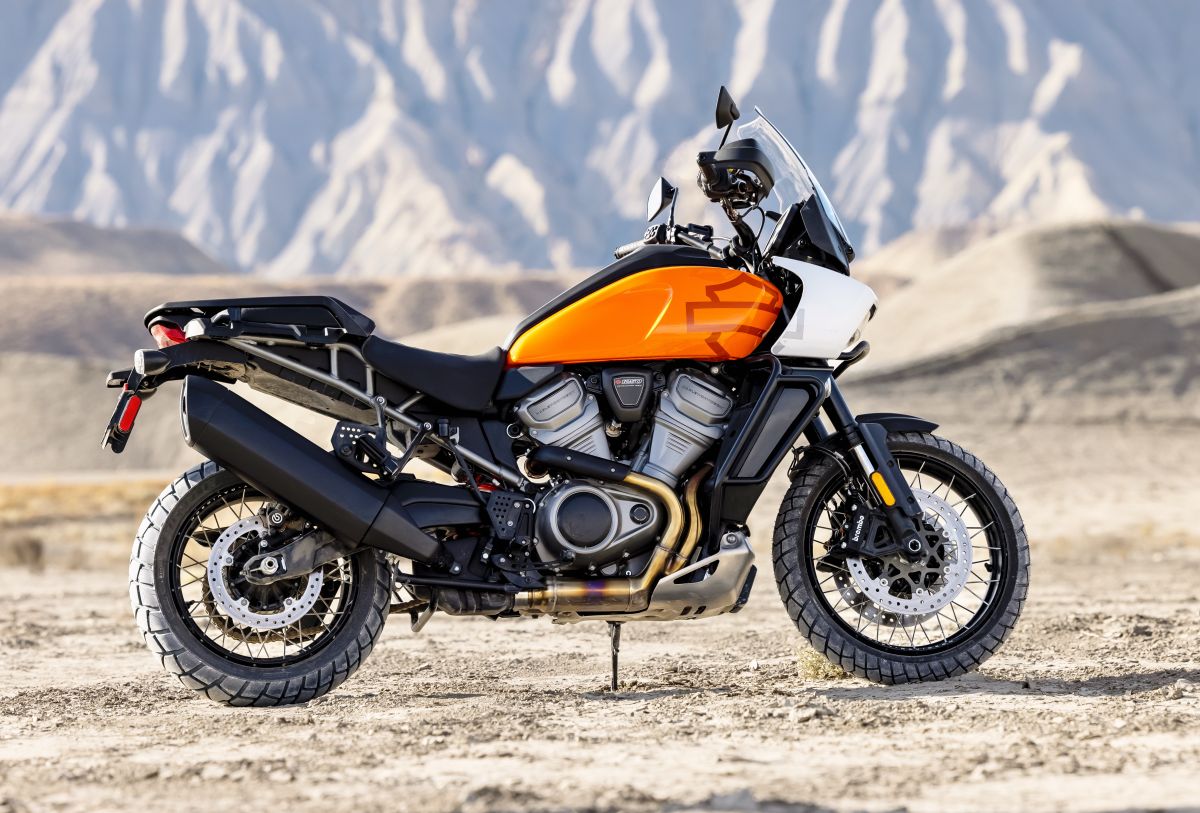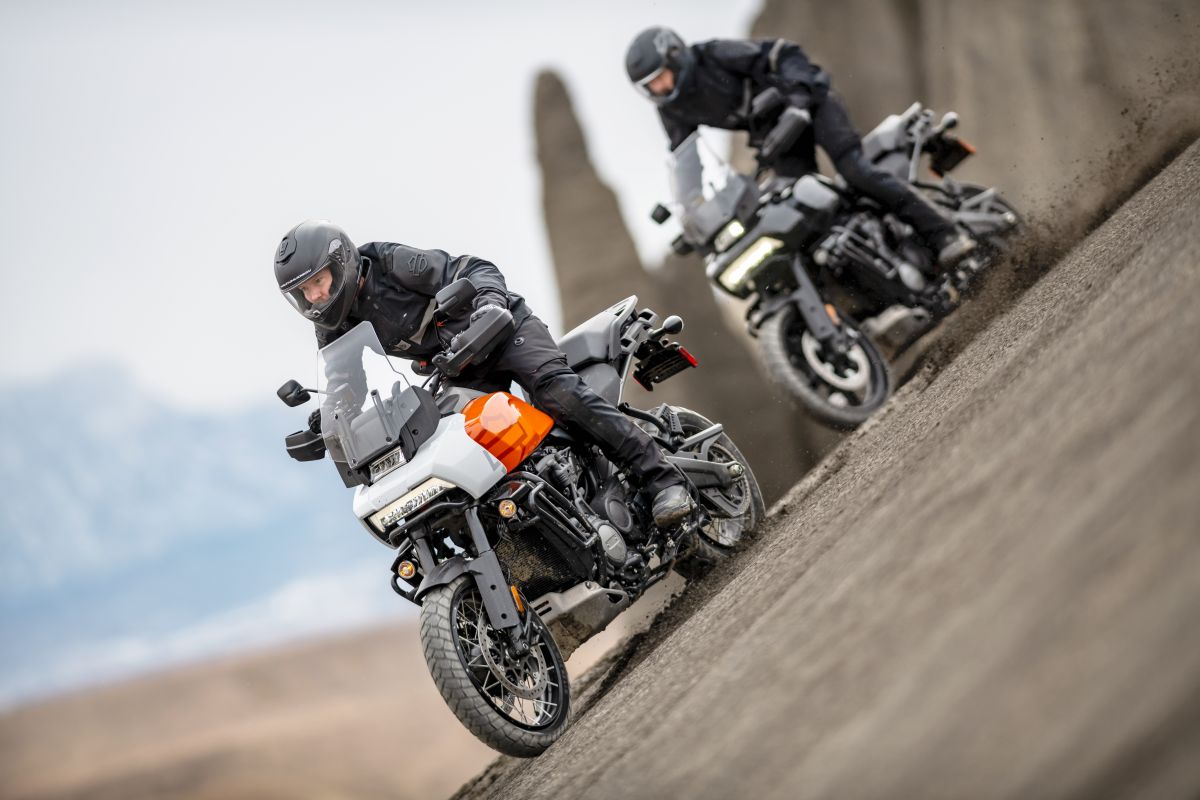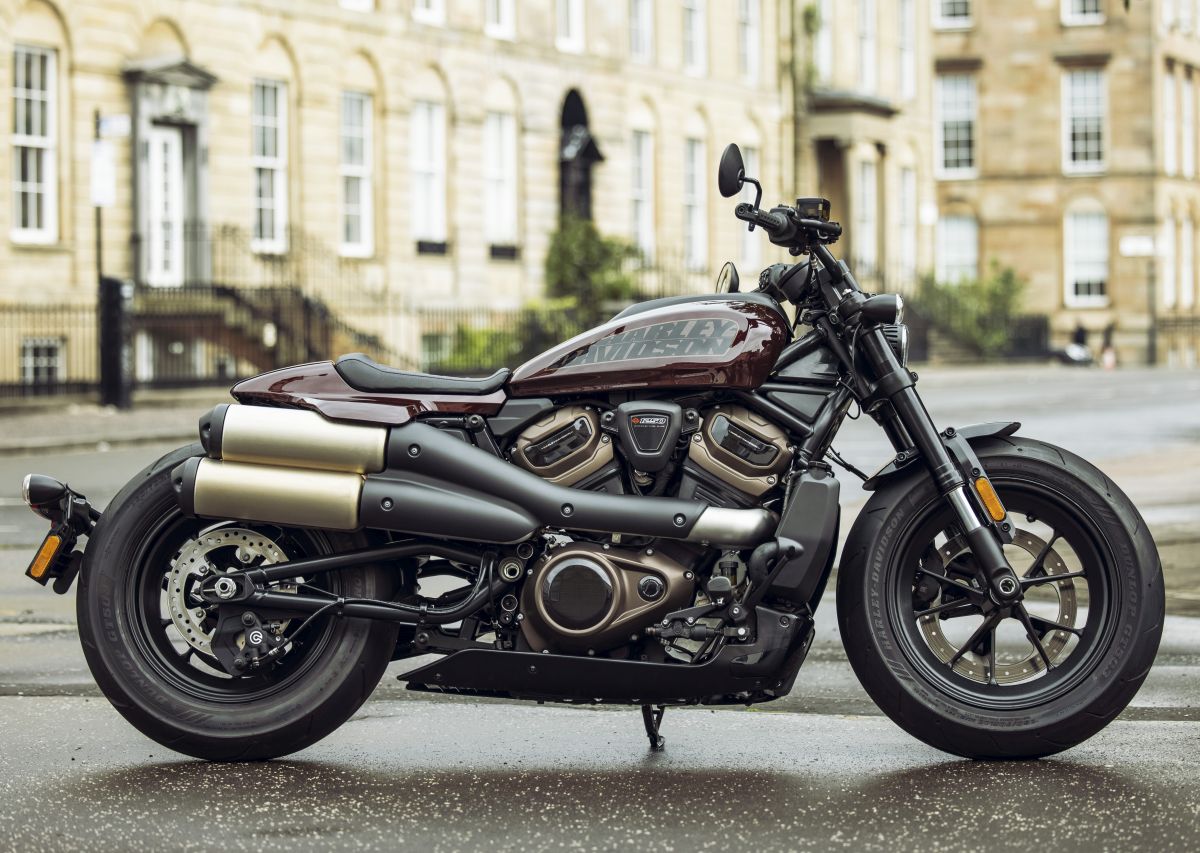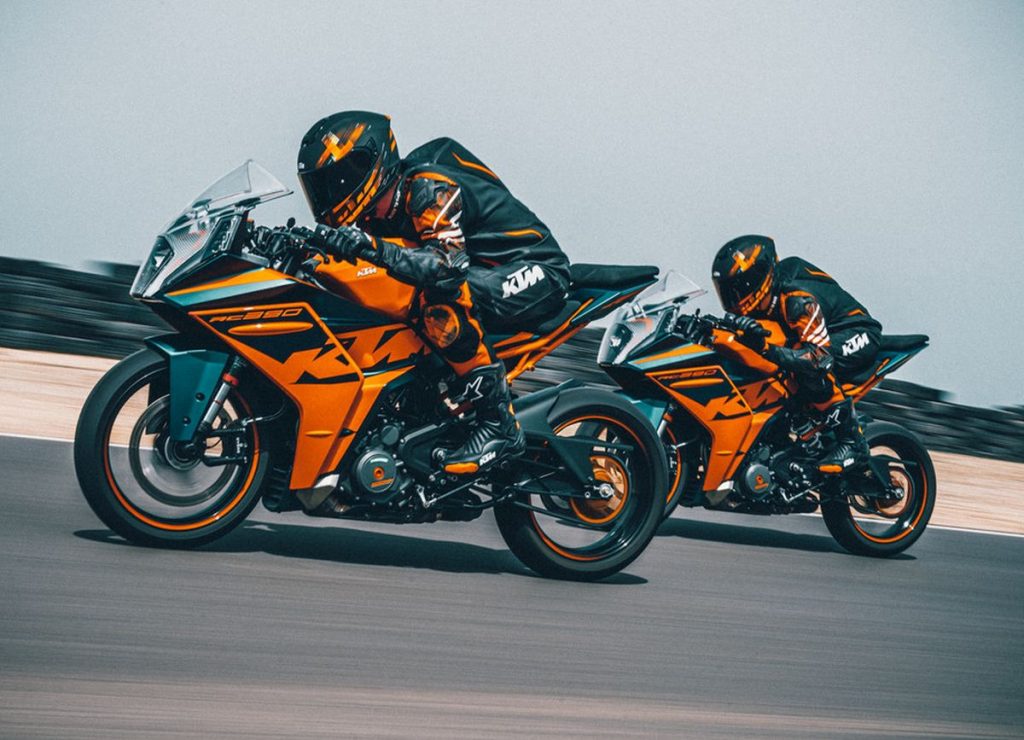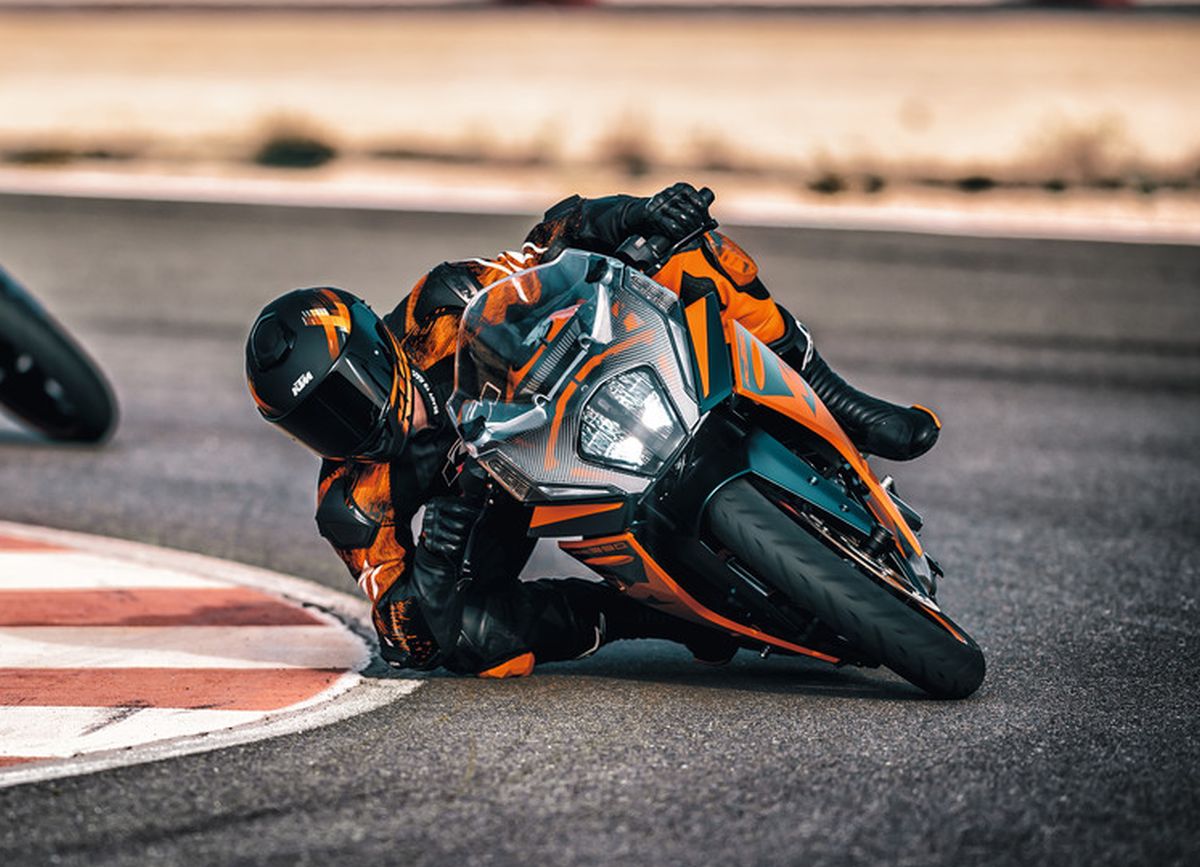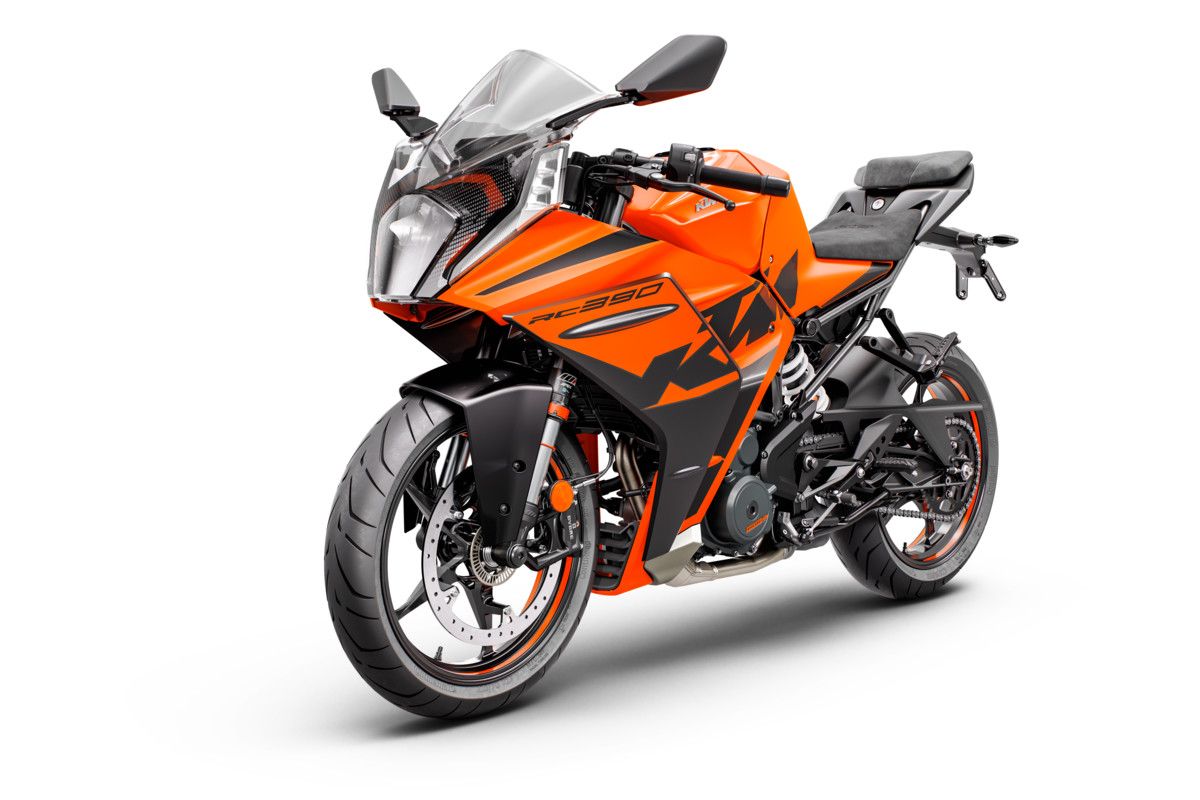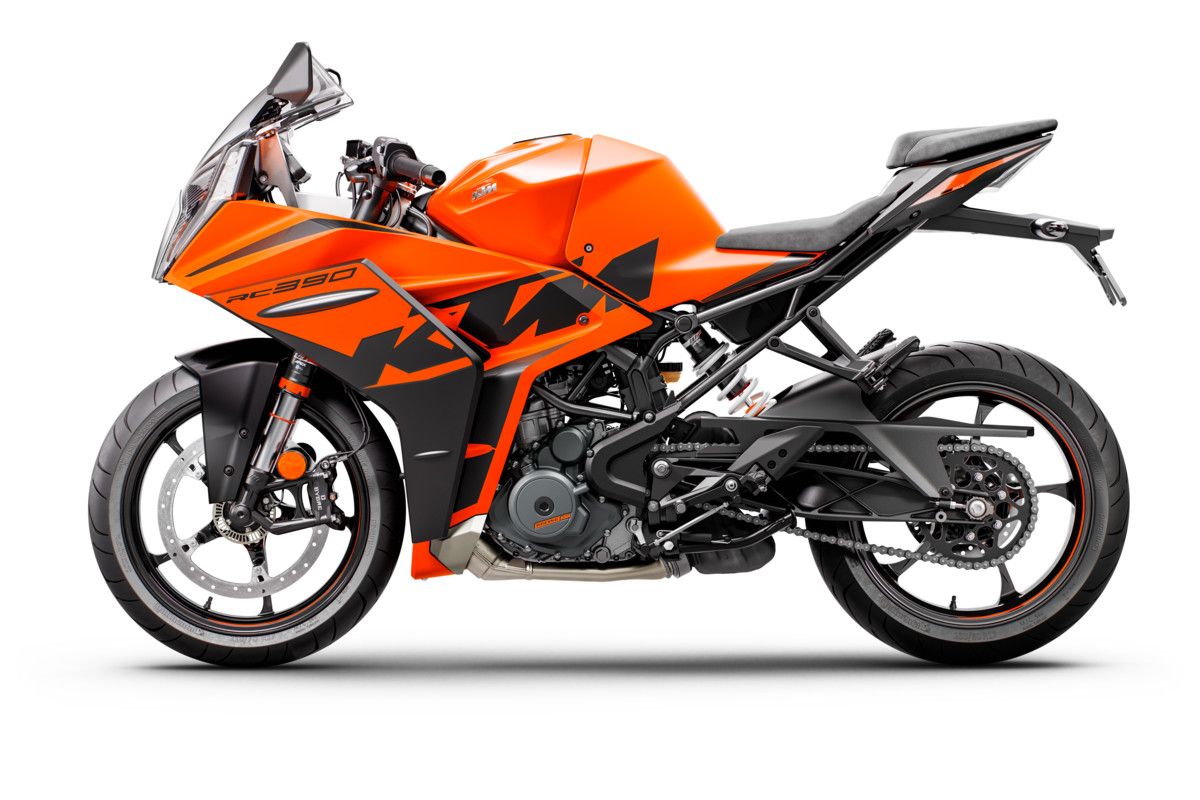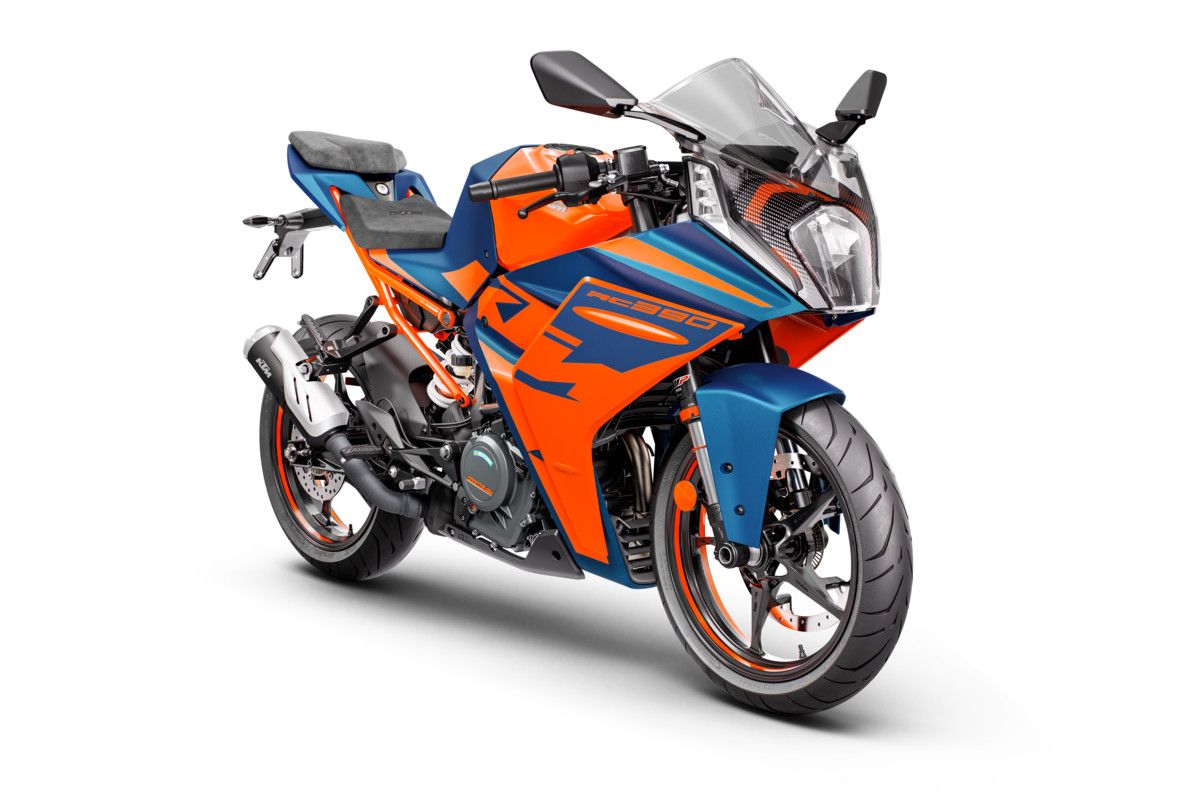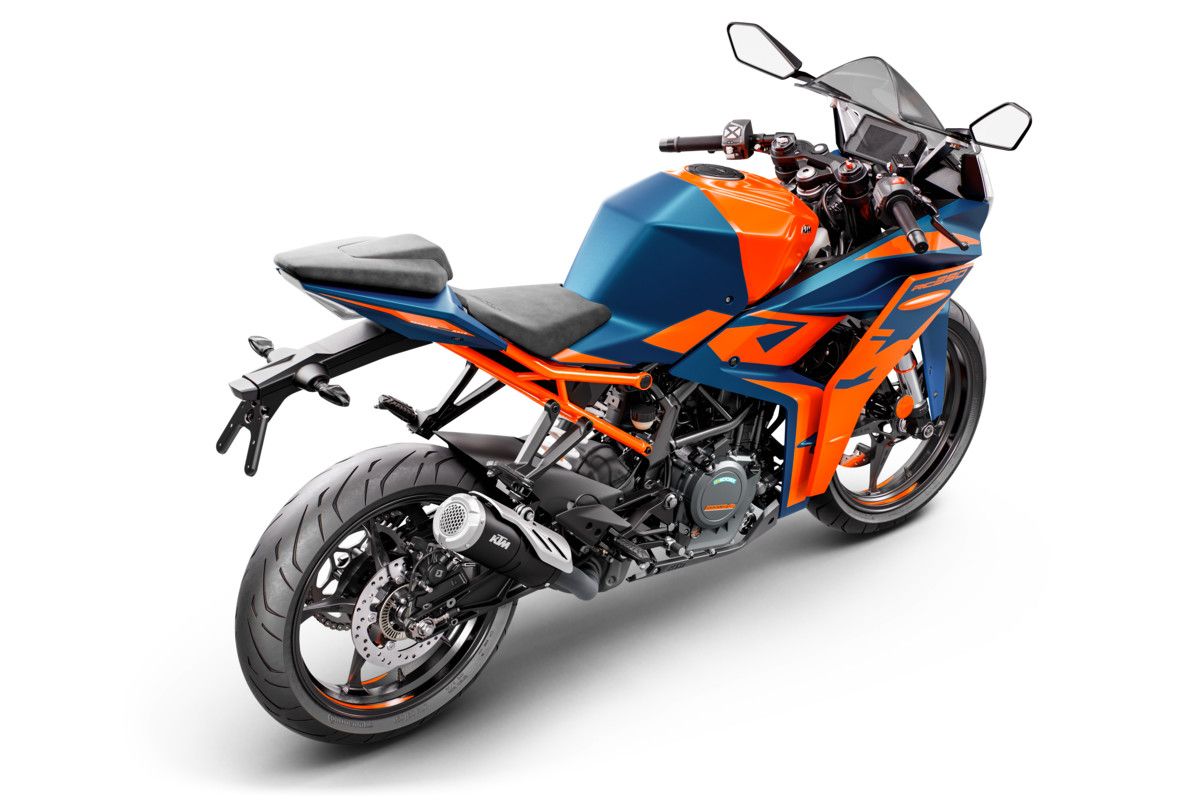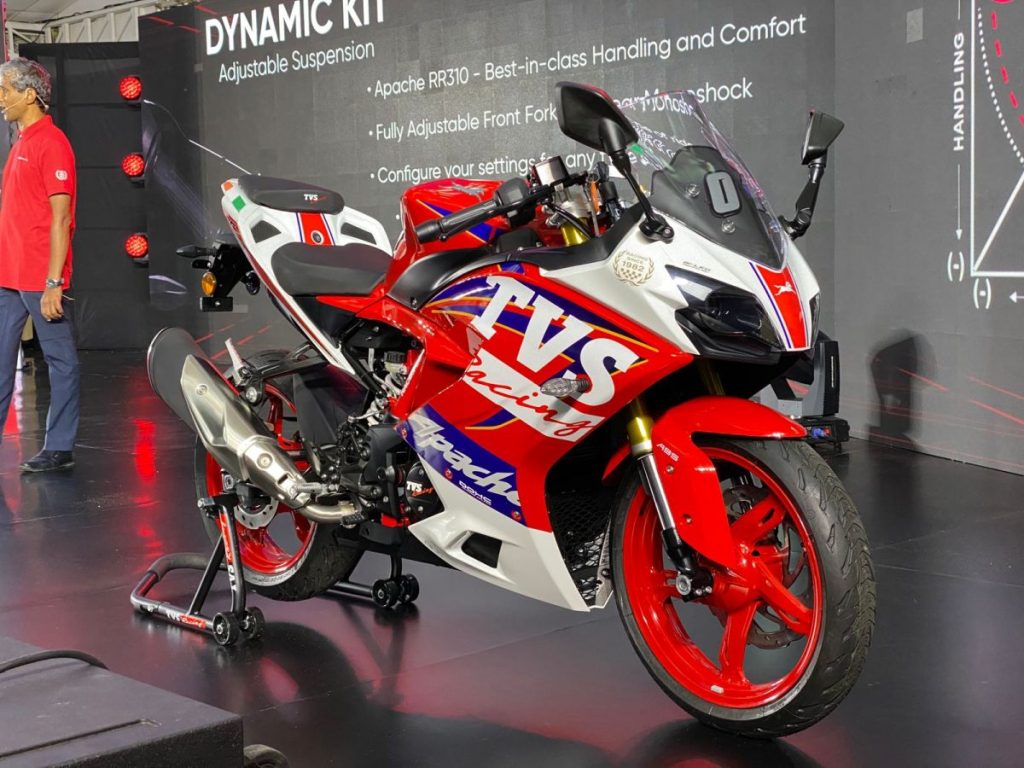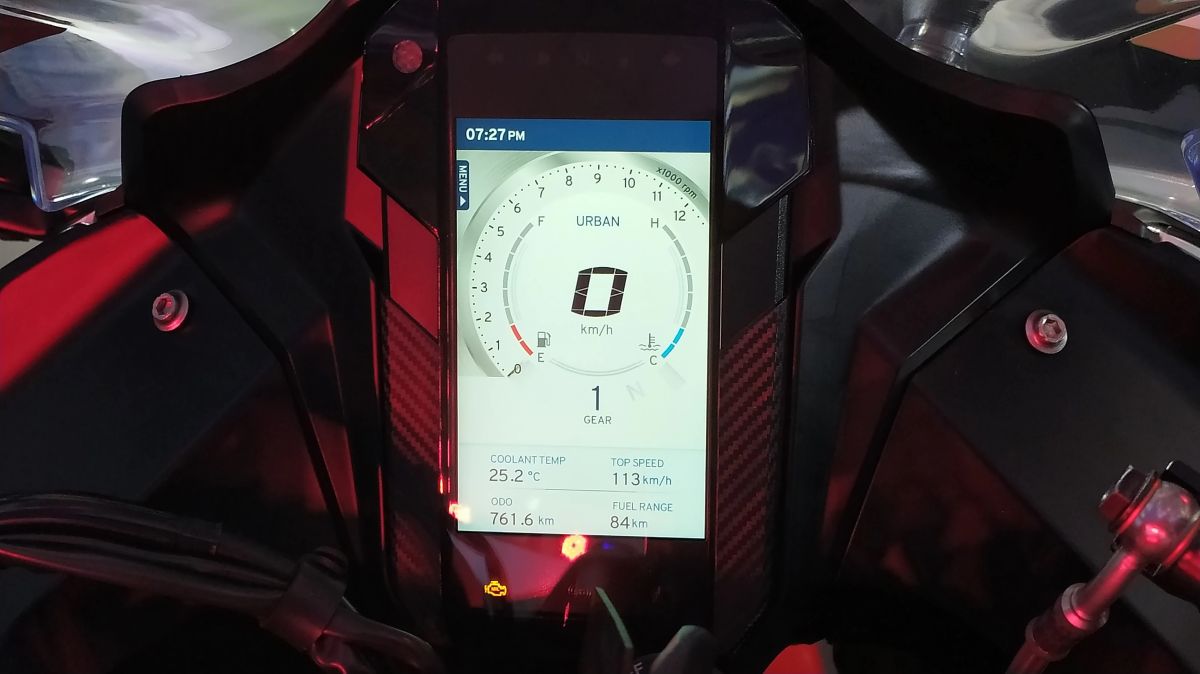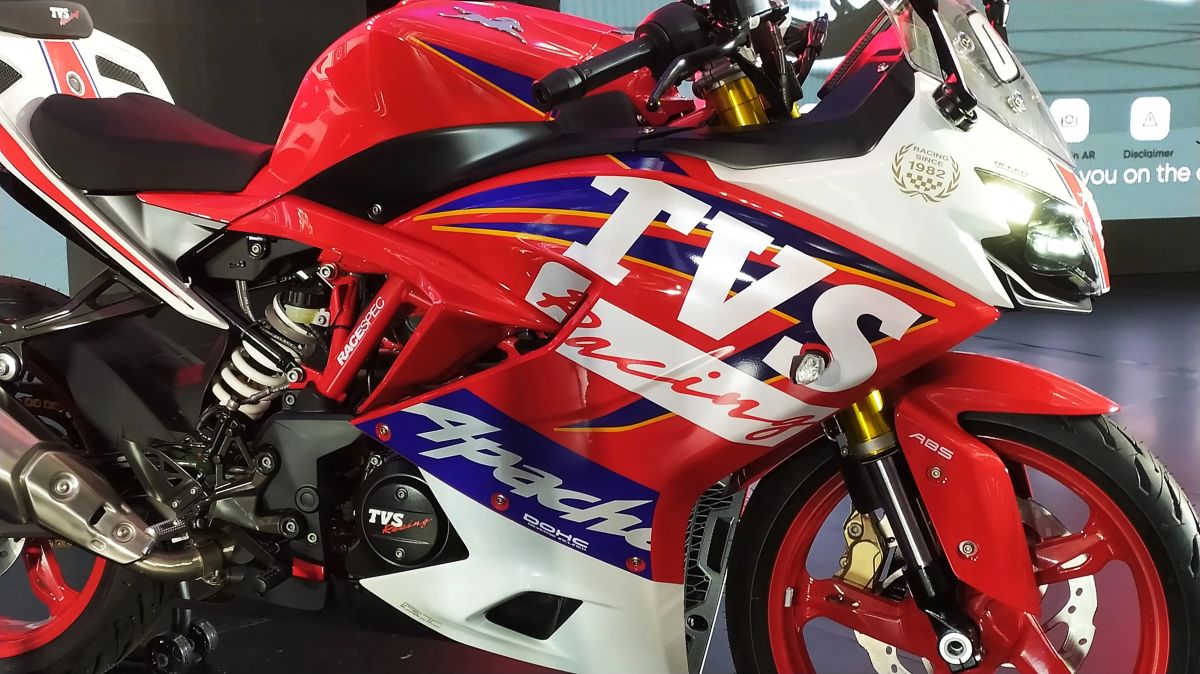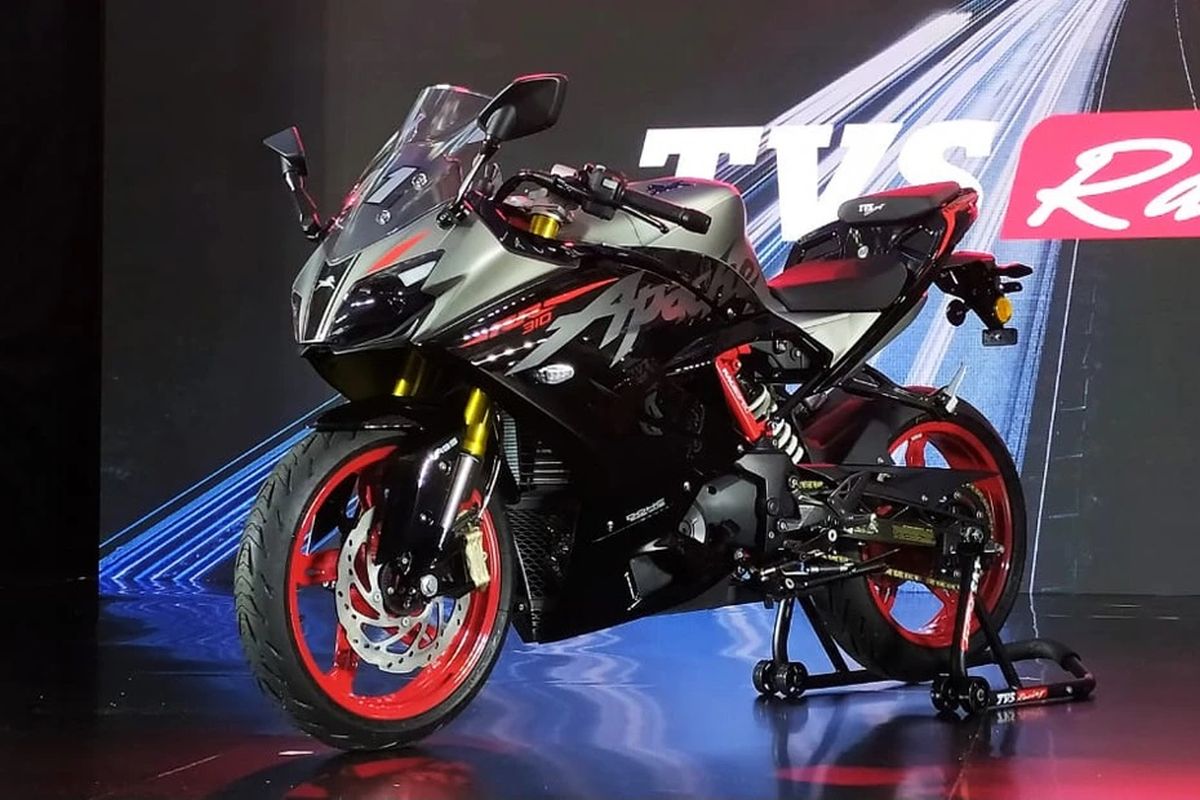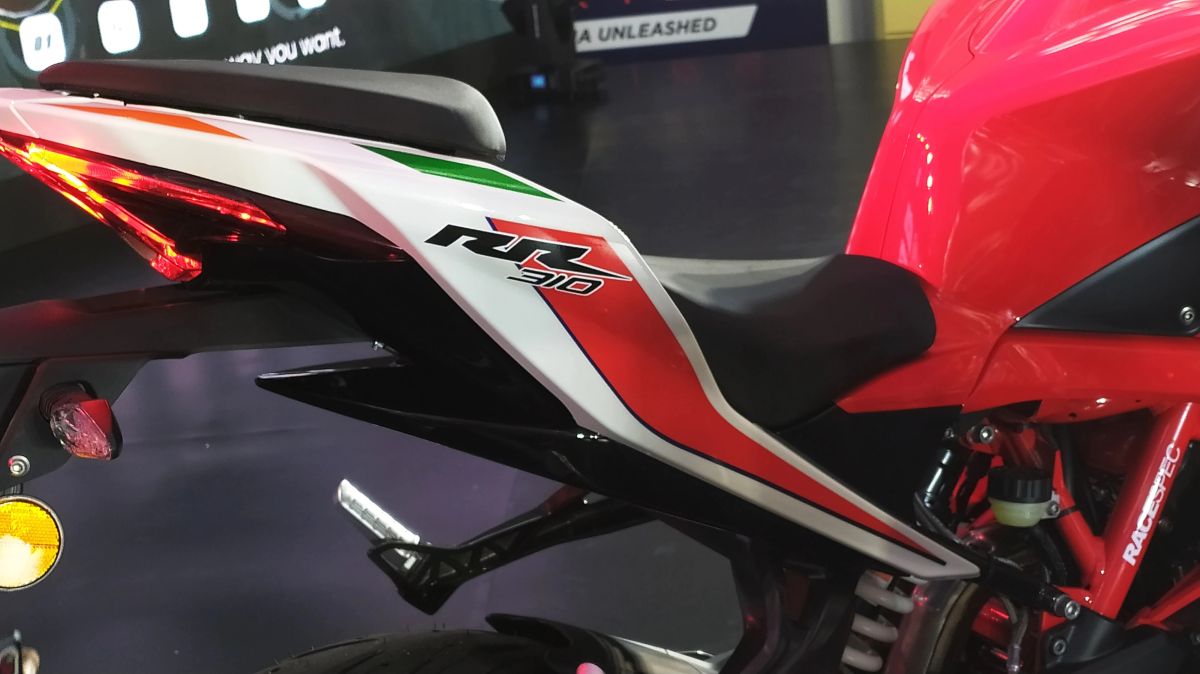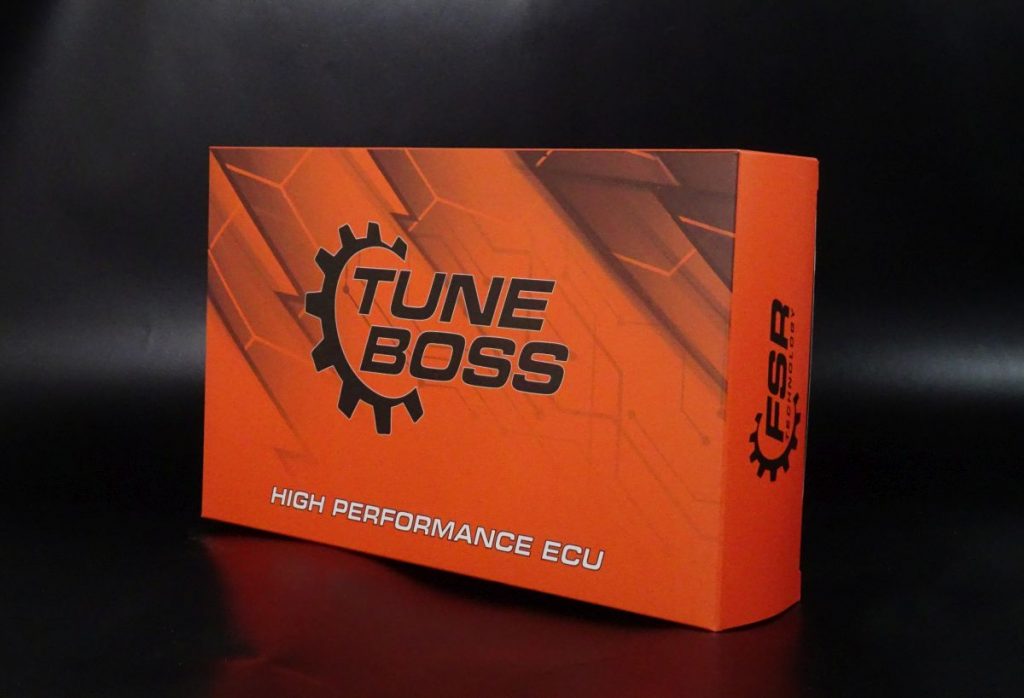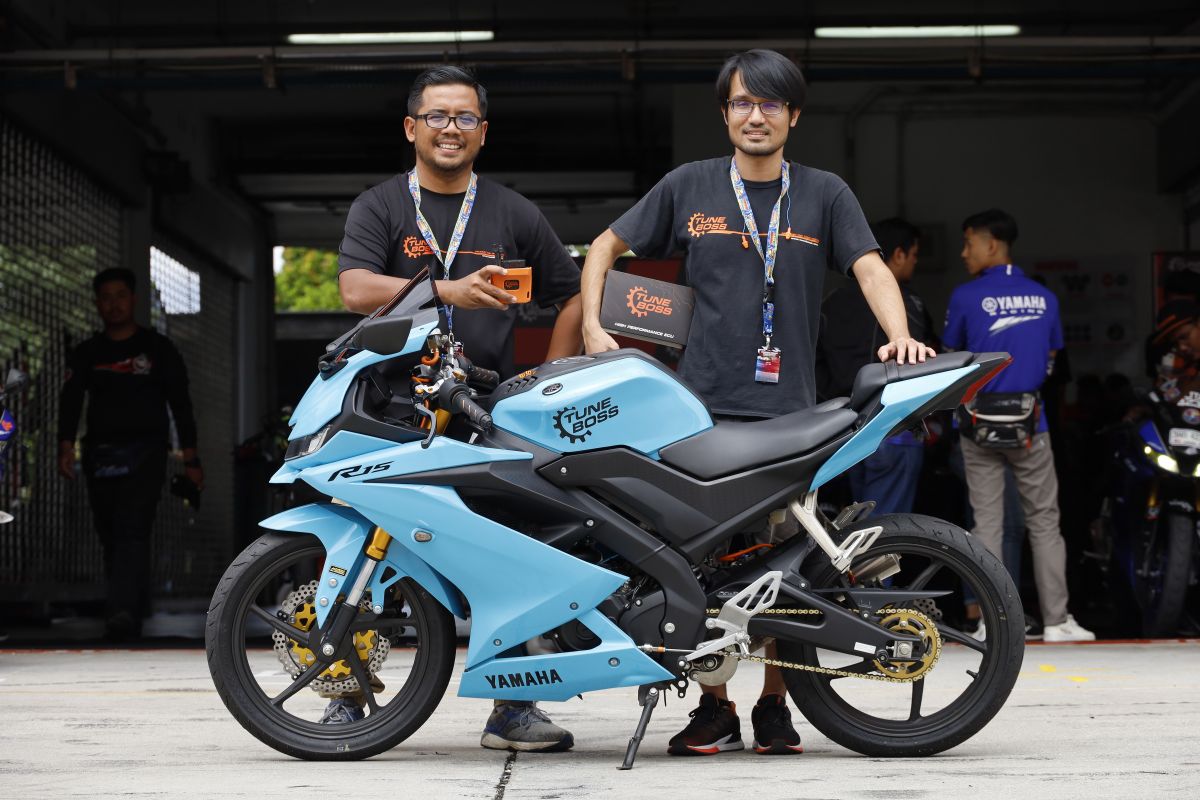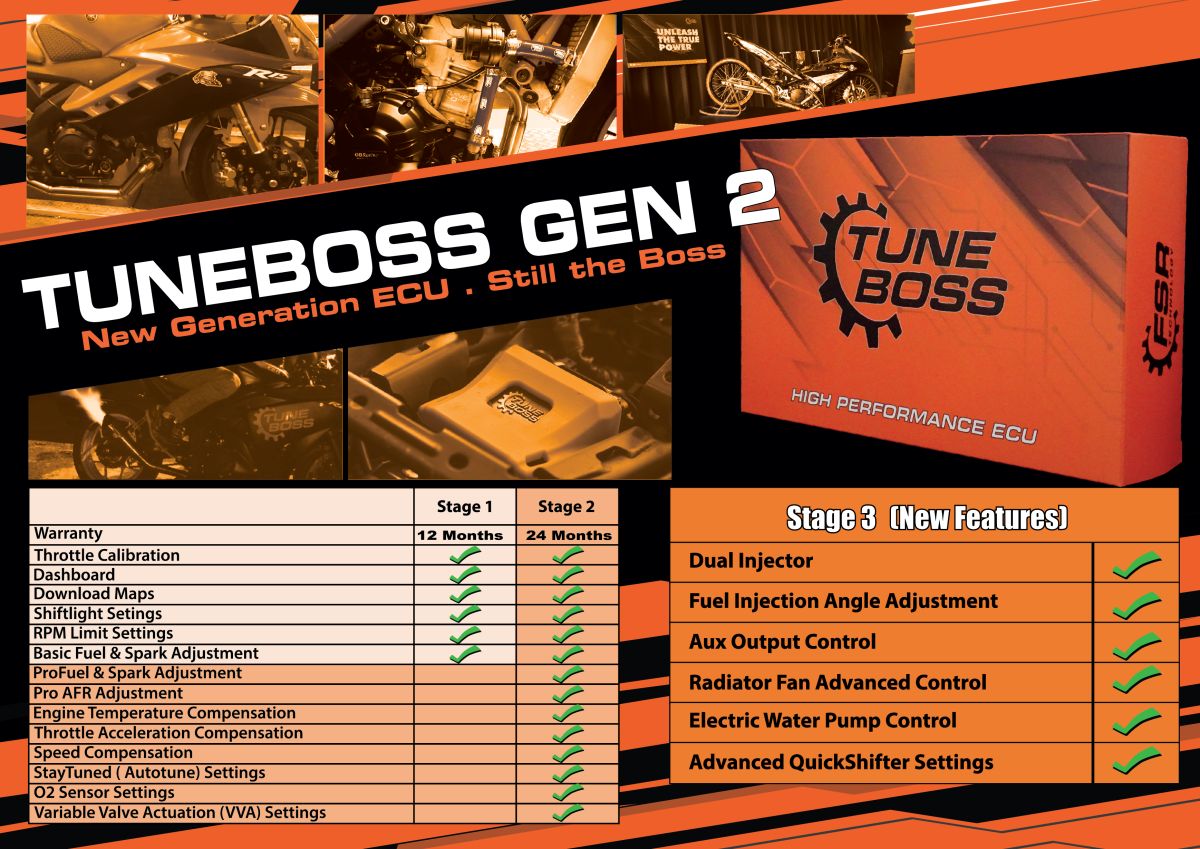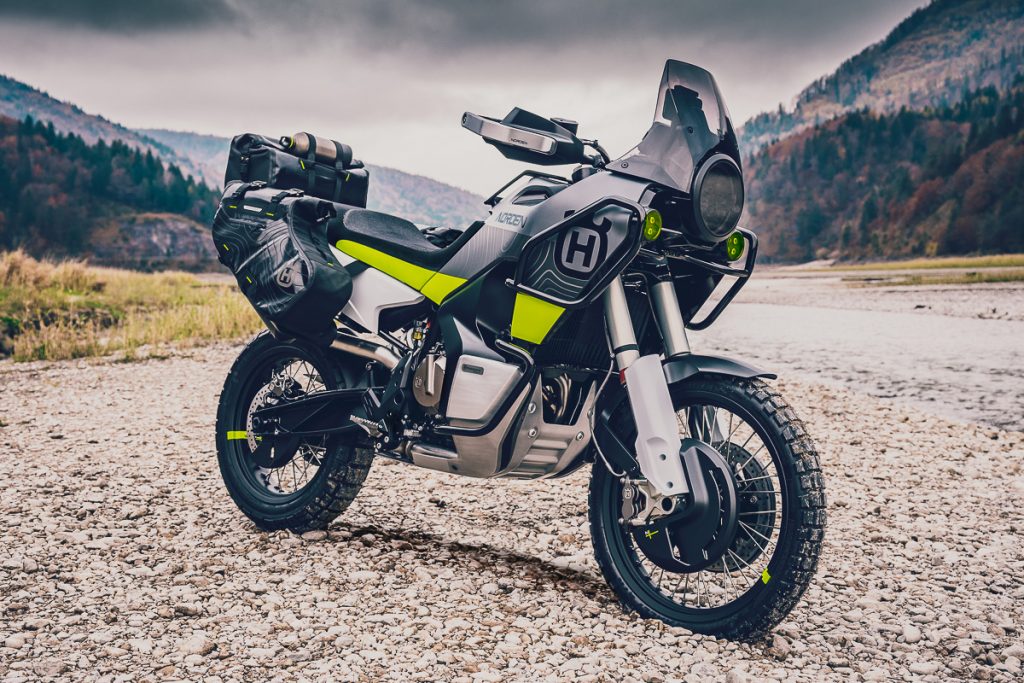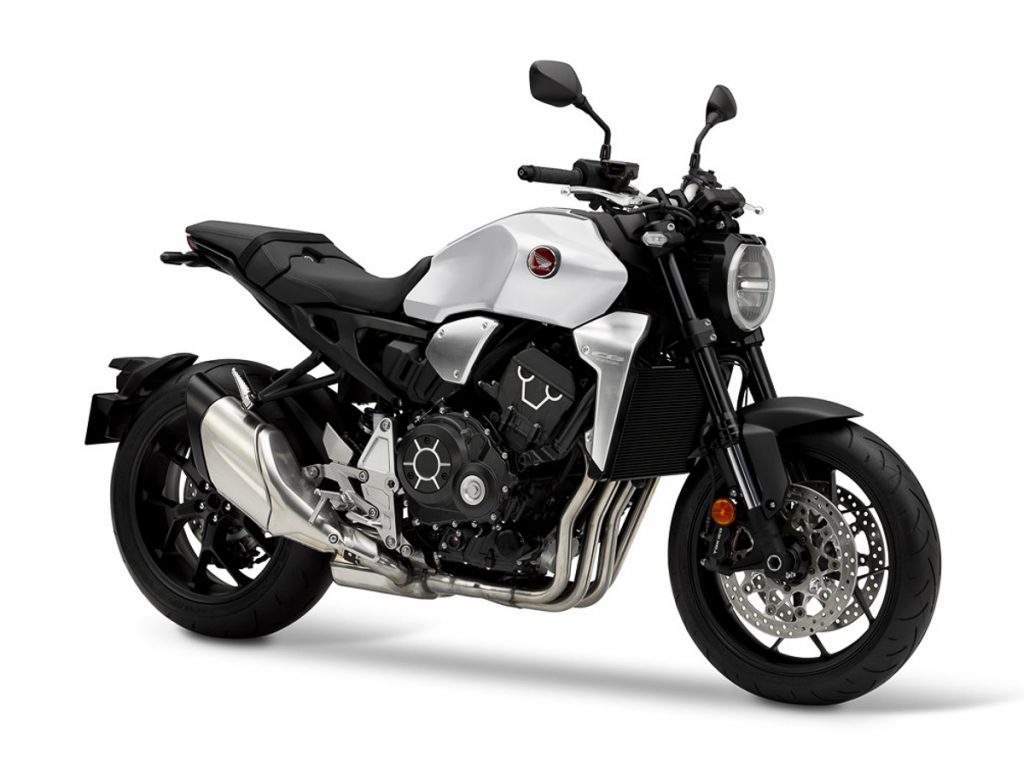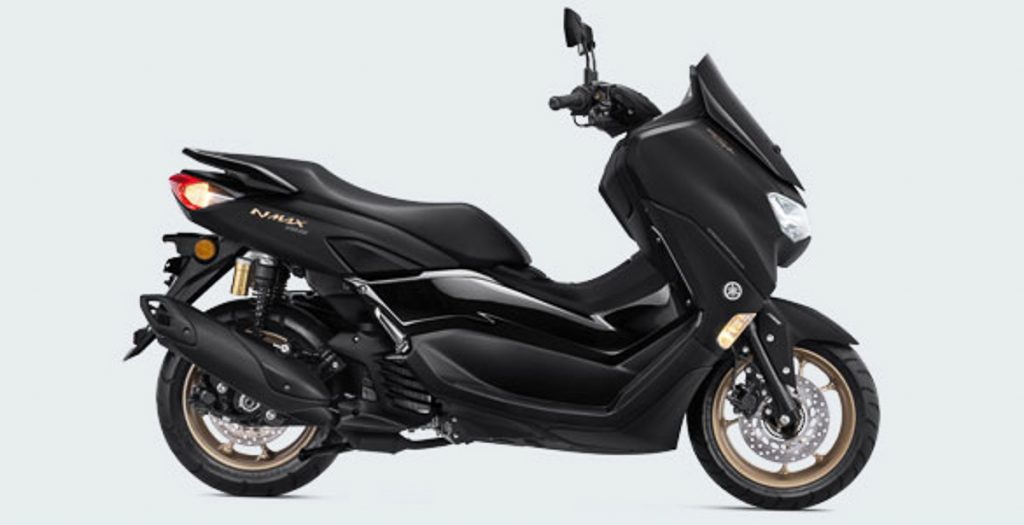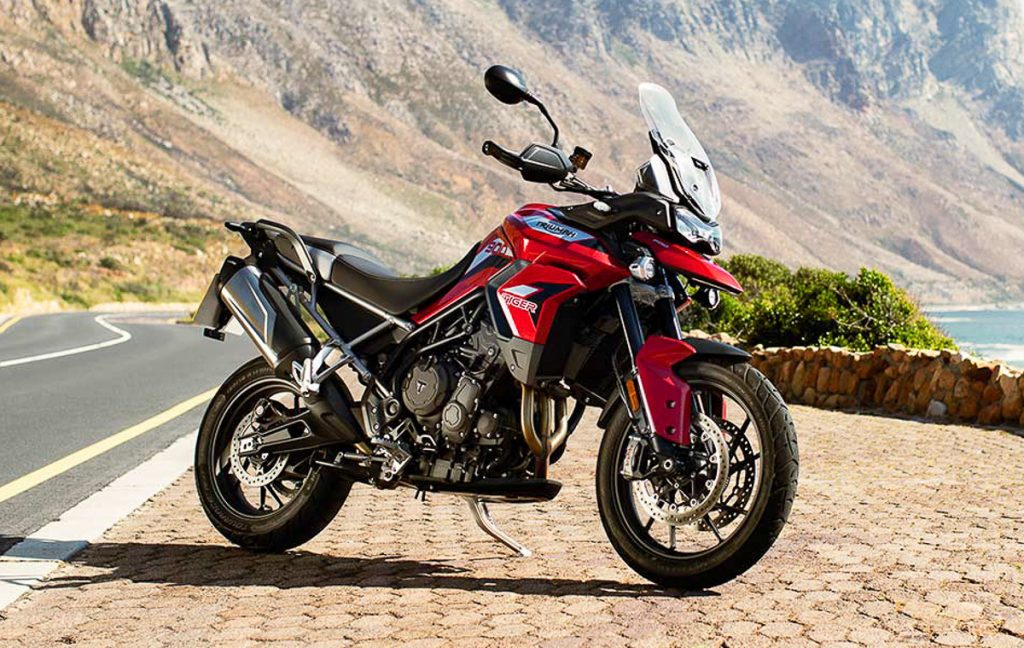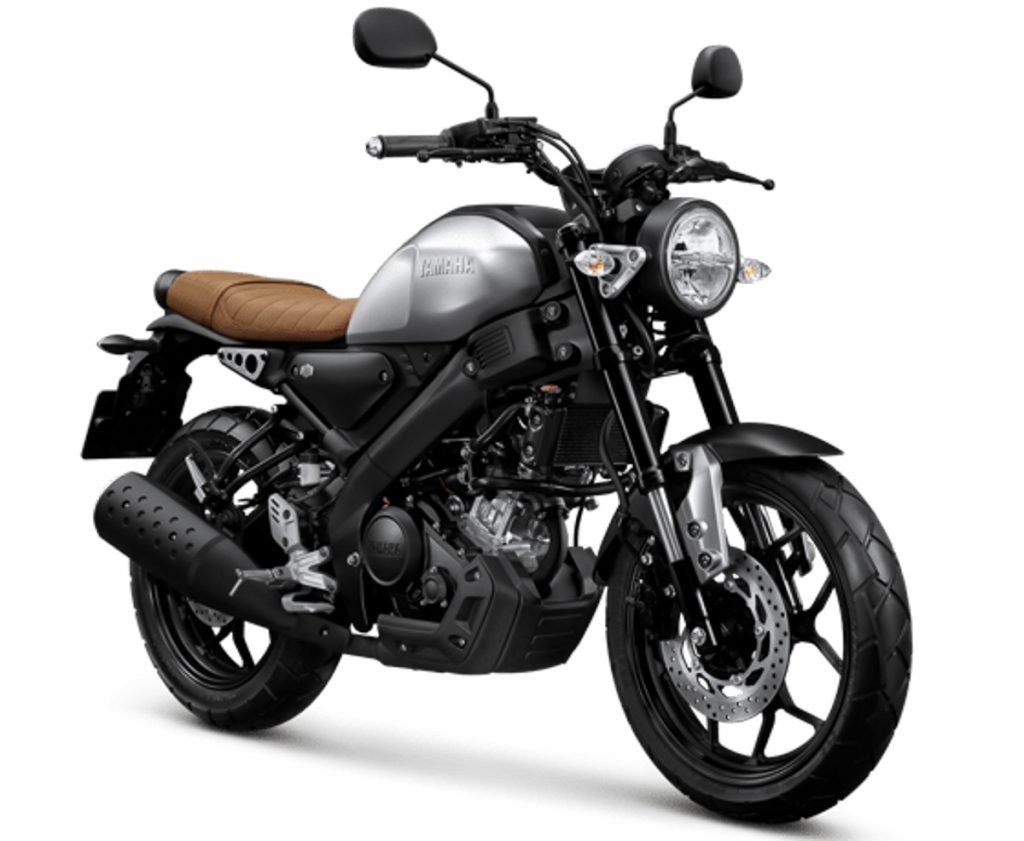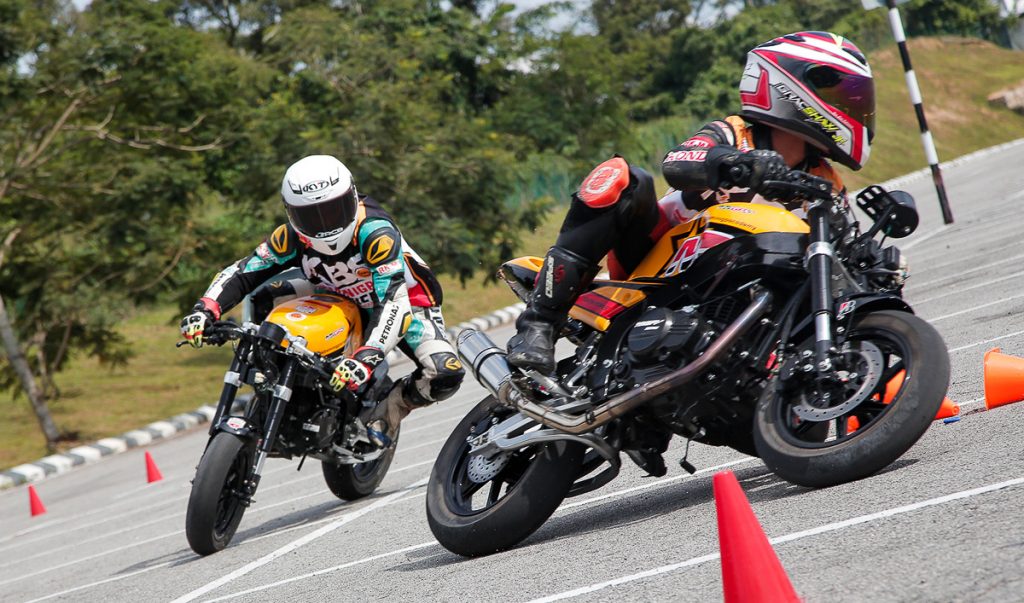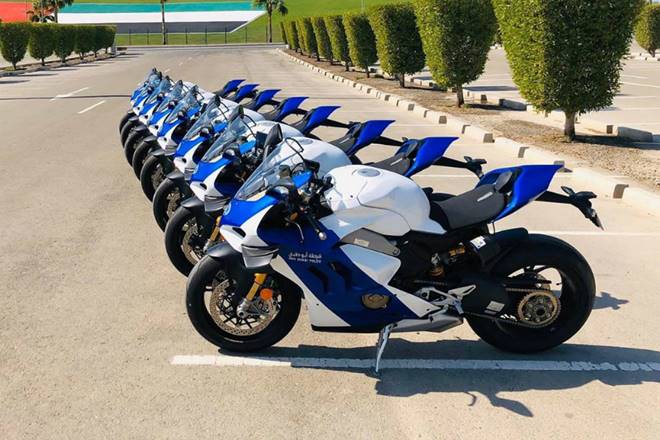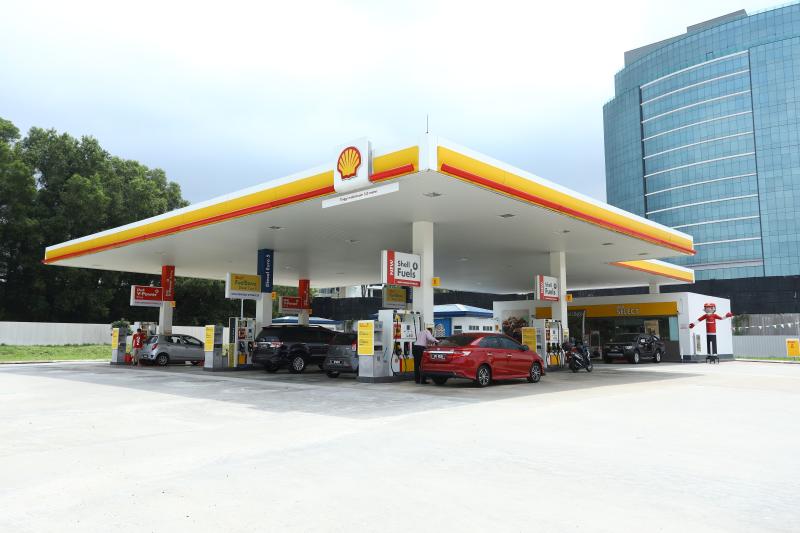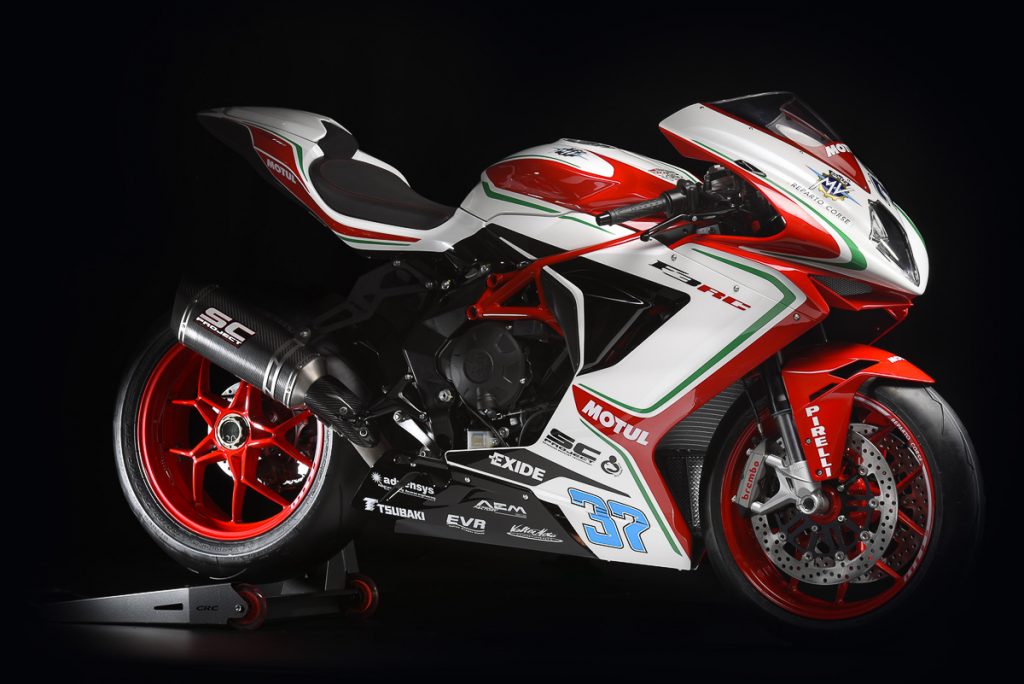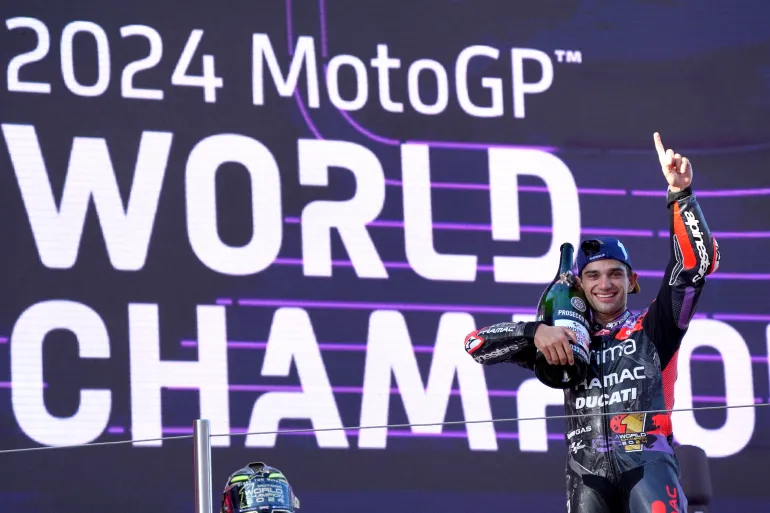After teasing us with the Speed Triple 1200 RR Prototype and the Tiger Sport 660, the lads at Hinckley decided to drop a set of photos on the new Tiger 1200 prototype.
Triumph Motorcycles has been making serious waves in the industry ever since they launched the Tiger 900 range in 2019.
Words of mouth were quick to suggest that the next obvious move is to introduce an all-new Tiger 1200; however, the British marquee decided to focus on the middleweight segment, with the Trident 660.
Nonetheless, waiting is over as Triumph Motorcycles has provided a clear look into the upcoming Tiger 1200.
Clad in a camo overall, the Tiger 1200 looks more aggressive than its 900 range, especially with a broader front fascia and bigger LED headlamp.
However, it remains to be seen whether 1200 will feature the new Euro 5 T-plane engine configuration like the Tiger 900.
The T-Plane engine provides an uneven firing order, resulting in a more efficient drive at low rpm and extra push at high rpm, which makes the 900 the best adventure motorcycle that you can enjoy on and off-road.
We like the new Tiger 1200’s slimmer and minimalistic bodywork compared to another manufacturer – which we can’t mention who, but they do speak Germans.
Triumph also confirmed that the new adventure motorcycle is significantly lighter than its closes competition.
We have to wait for its official unveiling for further confirmation, which we think will happen anytime soon.



